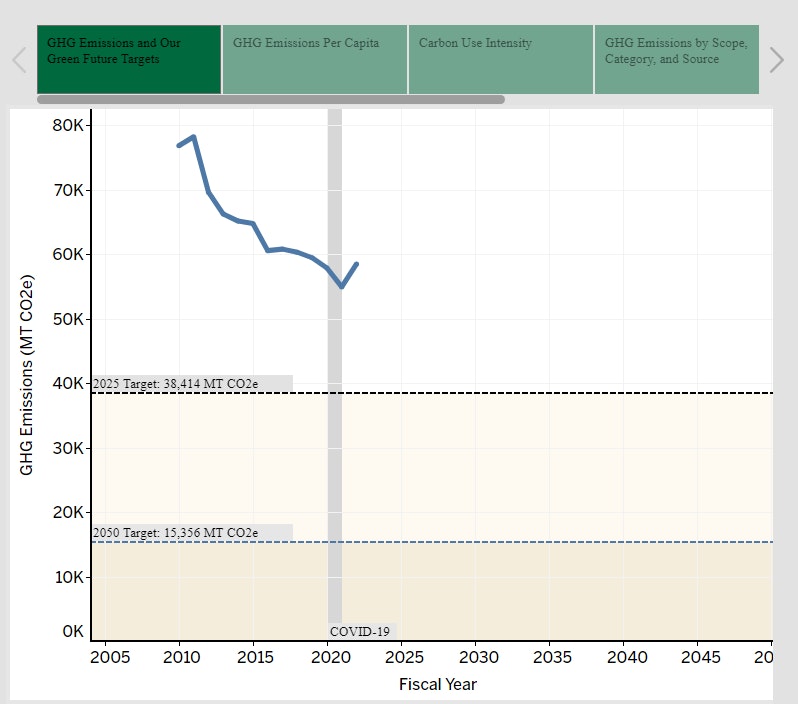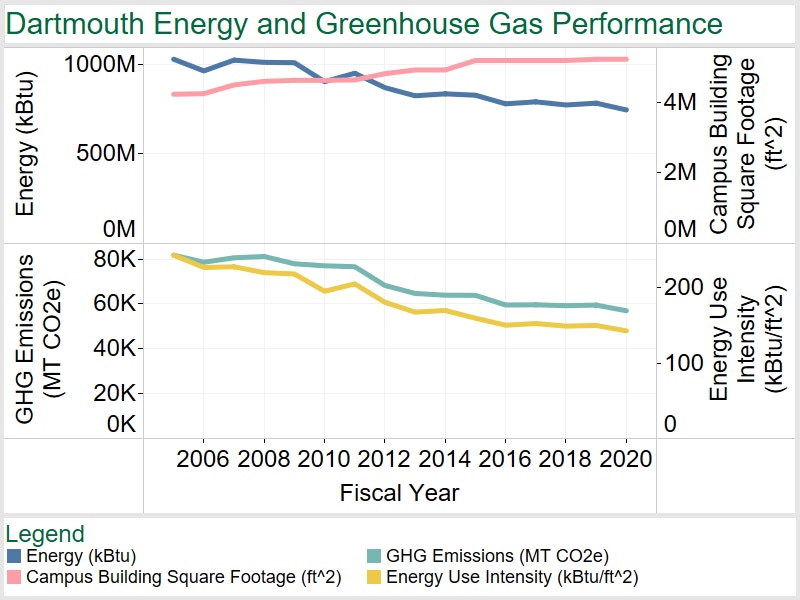Dartmouth College recently made history with the inauguration of its first female president, Sian Leah Beilock. In her inaugural address on Friday, Sept. 22, the former Barnard College president and cognitive scientist introduced five major “imperatives” to address in her tenure at the College. Among them was a commitment to achieving “Real Carbon Zero” on campus. Beilock’s specific use of this term has links to innovations in the energy industry, specifically, green hydrogen — an alternative to fossil fuels. Should Dartmouth choose to invest in this technology, it would set a precedent for numerous other institutions and contribute to lowering investment costs in this costly yet effective solution.
Real [Carbon] Zero is a phrase coined by renewable energy company NextEra Energy, which boasts its plan to “make most of its operations carbon-free by 2045 by building huge solar farms and converting its power plants to run on hydrogen fuel,” according to the Wall Street Journal. Beilock seemed to allude to a similar strategy, promising to invest “a quarter of a billion dollars over the next three years” into “non-combustion technologies like heat pumps, geothermal and solar.” The possibility of green hydrogen for the Big Green seems to be a plausible addition to Dartmouth’s climate plan, but what exactly is it?
Emanuele Taibi, head of Power Sector Transformation Strategies at the International Renewable Energy Agency, wrote in the World Economic Forum that green hydrogen is “hydrogen produced by splitting water into hydrogen and oxygen using renewable electricity.” Electrolysis, as the process is called, involves channeling an electric current through water to separate the molecules into their two components: hydrogen and oxygen. Essentially, green hydrogen is a renewably-generated fuel capable of replacing fossil fuels. While green hydrogen is “not the immediate next step,” as Taibi wrote, it will become crucial to decarbonizing heavy fossil fuel industries once “we further accelerate the deployment of renewable electricity to decarbonize existing power systems.” Beilock explicitly called for an “aggressive push” for renewable energy in her inauguration speech. Now, it’s time for Dartmouth to invest in the next step.
In 2017, former Dartmouth President Philip J. Hanlon ’77 announced “Our Green Future,” a strategic roadmap to significantly reduce the campus’s greenhouse gas emissions, specifically setting the goal of “providing 50% of campus energy from renewable sources by 2025 and 100% by 2050.” As we approach the end of 2023, glancing at Dartmouth’s greenhouse gas emissions would show that we have fallen off track to meeting these goals, but hope is not lost.

From the Dartmouth Office of Sustainability.
The major contributor to Dartmouth’s greenhouse gas emissions is its method of sourcing power. A future transformation to green hydrogen might allow the College to reach its climate goals, but this outcome is contingent on Beilock’s promise to accelerate green building and renewable energy. The “Our Green Future” roadmap explains that Dartmouth’s power system “relies on 3.5 million gallons of Number 6 fuel oil” and that the campus consumes “50,000 MWhs of electricity from the grid,” which generates “about 75%” of GHG emissions. While these figures appear disheartening, Dartmouth has a positive track record in sustainable building, and if it continues to pursue this trend, it may actualize a conversion to green hydrogen fuel.

From the Dartmouth Sustainable Energy Program.
The above graph highlights the reduction in greenhouse gas emissions even as campus building square footage increases. Dartmouth’s investments in energy-efficient, green building strategies explain the inverse correlation in the data. The Dartmouth Sustainable Energy Program is pursuing the switch from steam to low-temperature hot water systems, which can “utilize non-combustion, low-carbon energy sources” such as “geothermal, solar thermal and heat pumps,” according to the program’s website. This system already serves the heating systems of the Irving Institute for Energy and Society, the Engineering and Computer Science Center and Anonymous, Reed and Thornton Halls. Recently completed renovations to Dartmouth Hall saw the installation of these systems as well, and renovations to the Rauner Special Collections Library and the Hopkins Center for the Arts serve as further evidence of promising outcomes. These strides in green building put in place prior to Beilock’s inauguration set the stage for her to ride this momentum towards a green hydrogen future, implementing, for example, more solar and geothermal energy to generate that hydrogen.
The principal issue surrounding green hydrogen is its high cost of investment, but should Dartmouth choose to invest, it might aid in lowering capital costs for other potential investors lacking Dartmouth’s vast financial resources. Taibi wrote that green hydrogen is “capital intensive,” and we, therefore, must promote the “manufacturing of renewable technologies and electrolysers” to foster “a low-risk offtake to reduce the cost of capital for green hydrogen investments.” Dartmouth’s 2022 Endowment Report estimated a value of $8.1 billion, giving the College significant financial power to invest in technologies like green hydrogen. An investment from a top university with both national and international reach would not only set a precedent and lead by example, but might spur investments in green hydrogen for other institutions. Dartmouth might also consider partnering with those other institutions to pool resources and multiply the impacts of its efforts.
The main culprits of environmental degradation are often those with the resources to combat it but who choose not to. Dartmouth doesn’t have to be another example of this unfortunate pattern. Beilock’s specific investment goals and pledge to “roll out specific and aggressive targets for 2030 and 2050,” as she said in her inauguration speech, are, in my mind, substantial indicators of change to come. Furthermore, her rejection of carbon neutrality, which offsets emissions rather than eliminates them, and a push for infrastructural investments “within our New England power grid” reinforces my belief that Dartmouth’s administration, with Beilock at its helm, intends for the Big Green to truly go green.
Opinion articles represent the views of their author(s), which are not necessarily those of The Dartmouth.

